|
I am the founder and CEO of RADAREYE. Previously, I was a member of technical staff at Nokia Bell Labs, where I worked on sensing and perception. My track record includes 17+ years experience in tech-based R&D, having envisioned, led, and delivered systems in multiple industrial settings in areas spanning signal processing and machine learning. Before that I did a PhD at Lancaster University, an MSc with distinction at The University of Manchester where I ranked 1st and won the National Instruments award, and a BSc at the University of Balamand (Dean's honour lists).
|
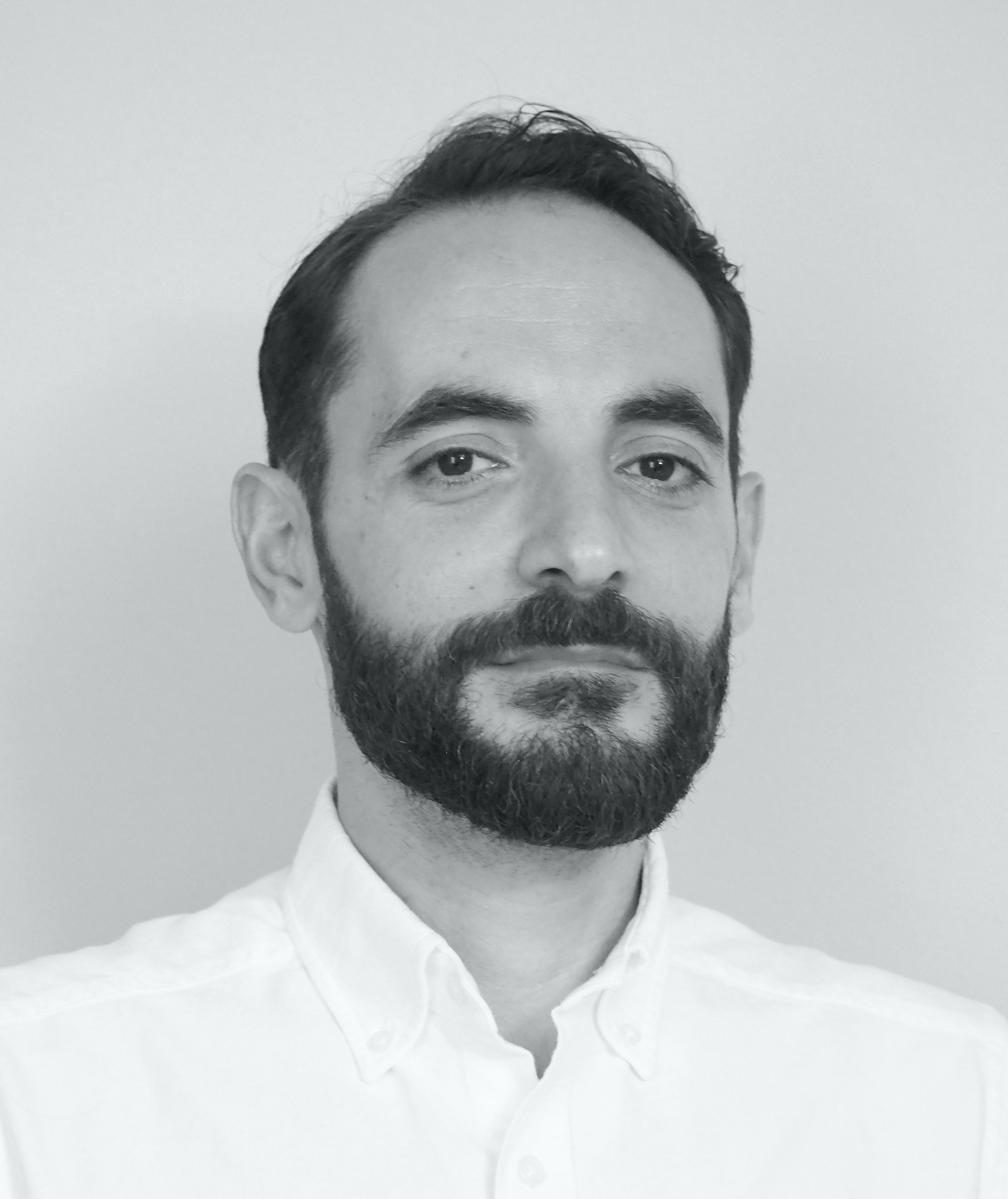
|
|
My research focuses these days on self-supervised and multi-modal machine learning techniques for vision+radar perception, including representation learning.
I continue to occasionally contribute to wireless problems, particularly those intersecting with machine learning.
|
|
|
Yiduo Hao, Sohrab Madani, Junfeng Guan, Mohammed Alloulah, Saurabh Gupta, Haitham Hassanieh To appear IEEE/CVF CVPR, 2024 arXiv Bounding box estimation from radar-only for autonomous perception by distillation from vision using contrastive learning and domain-specific radar augmentations. |

|
Mohammed Alloulah, Maximilian Arnold IEEE/CVF CVPR, 2023 arXiv / Slides Automatic localisation of objects in the environment by tapping into the cross-modal information captured simultaneously by vision and radar. For our synthetic dataset MaxRay, contact my ex-employer Nokia Bell Labs. |
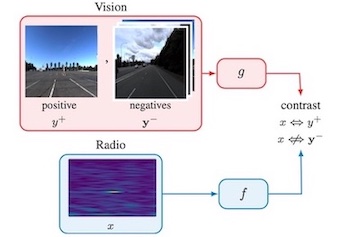
|
Mohammed Alloulah, Maximilian Arnold IEEE ICC, 2022 arXiv Building a radar classification model by distillation from vision using contrastive learning. |

|
Mohammed Alloulah, Howard Huang IEEE Computer, 2019 Position paper on why and how should we care to build a unified communication-perception network. |
|
|
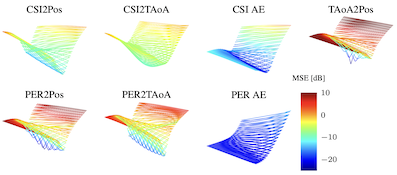
|
Maximilian Arnold, Mohammed Alloulah arXiv, 2022 arXiv Benchmarking 8 flavours of real-world learnt RF localisation across three performance axes: (i) learning, (ii) proneness to distribution shift, and (iii) localisation, as well as against classic maximum likelihood estimation. |

|
Mohammed Alloulah, Lauri Tuominen ACM HotMobile, 2021 PDF / Slides Practical inertial navigation system using deep learning and cloud-device partitioning. |

|
Mohammed Alloulah, Maximilian Arnold, Anton Isopoussu arXiv, 2021 arXiv In-situ adaptation of deep inertial navigation through spatial diversity, optimal transport, and domain adaptation. |

|
Kamran Ali, Mohammed Alloulah, Fahim Kawsar, Alex X Liu IEEE TMC, 21 DOI Measuring breathing and body motion markers wirelessly towards sleep monitoring. |
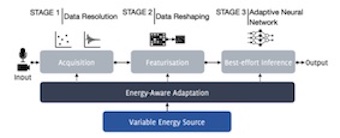
|
Alessandro Montanari, Manuja Sharma, Dainius Jenkus, Mohammed Alloulah, Lorena Qendro, Fahim Kawsar ACM SenSys, 2020 DOI Best-effort inferencing using a variable instantaneous energy budget by means of knobs at featurisation-level as well as at neural network-level. |
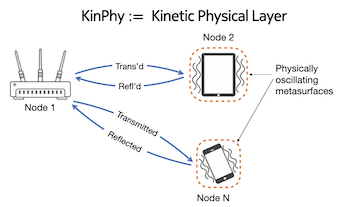
|
Mohammed Alloulah, Zoran Radivojevic, René Mayrhofer, Howard Huang ACM SenSys, 2019 PDF / Slides How would future networks in mm-wave bands exchange information using vibrational (i.e. kinetic) modulation in order to support security and spontaneous interaction applications. |

|
Alessandro Montanari, Mohammed Alloulah, Fahim Kawsar ACM UbiComp/ISWC, 2019 DOI Degradable vision inference by means of knobs at featurisation- and neural network-level. |
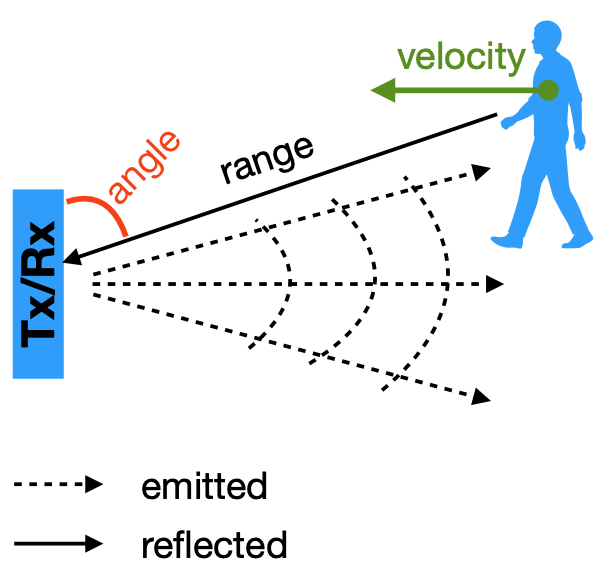
|
Mohammed Alloulah, Anton Isopoussu, Fahim Kawsar ACM UbiComp/ISWC, 2018 DOI Thoughts and guidelines on how to build sensing models for commodity radar HW indoors. |

|
Mohammed Alloulah, Mark Dawkins, Alison Burdett EAI MobiCASE, 2016 PDF / Slides Joint compression and wireless coding scheme for robust and ultra-low power medical physiological sensing. |

|
Mohammed Alloulah, Mike Hazas IEEE IPIN, 2010 DOI Indoor acoustic localisation chip. Part of two further technical reports here and here. |
|
|
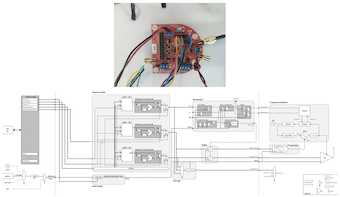
|
Traditional direct conversion RF transmitters are not suitable for IoT devices with stringent power budget. A polar transmitter in wideband WiFi channels is challenging. We made it work with couple key innovations. Achieved 3x power reduction. Silicon + several patents. |

|
Led work on multiple architecture-aware PHY implementations, part of a terrestrial DVB-T2 chipset. Keywords included inter-symbol interference (ISI) and inter-carrier interference (ICI). Silicon in the field + several patents. |
|
|